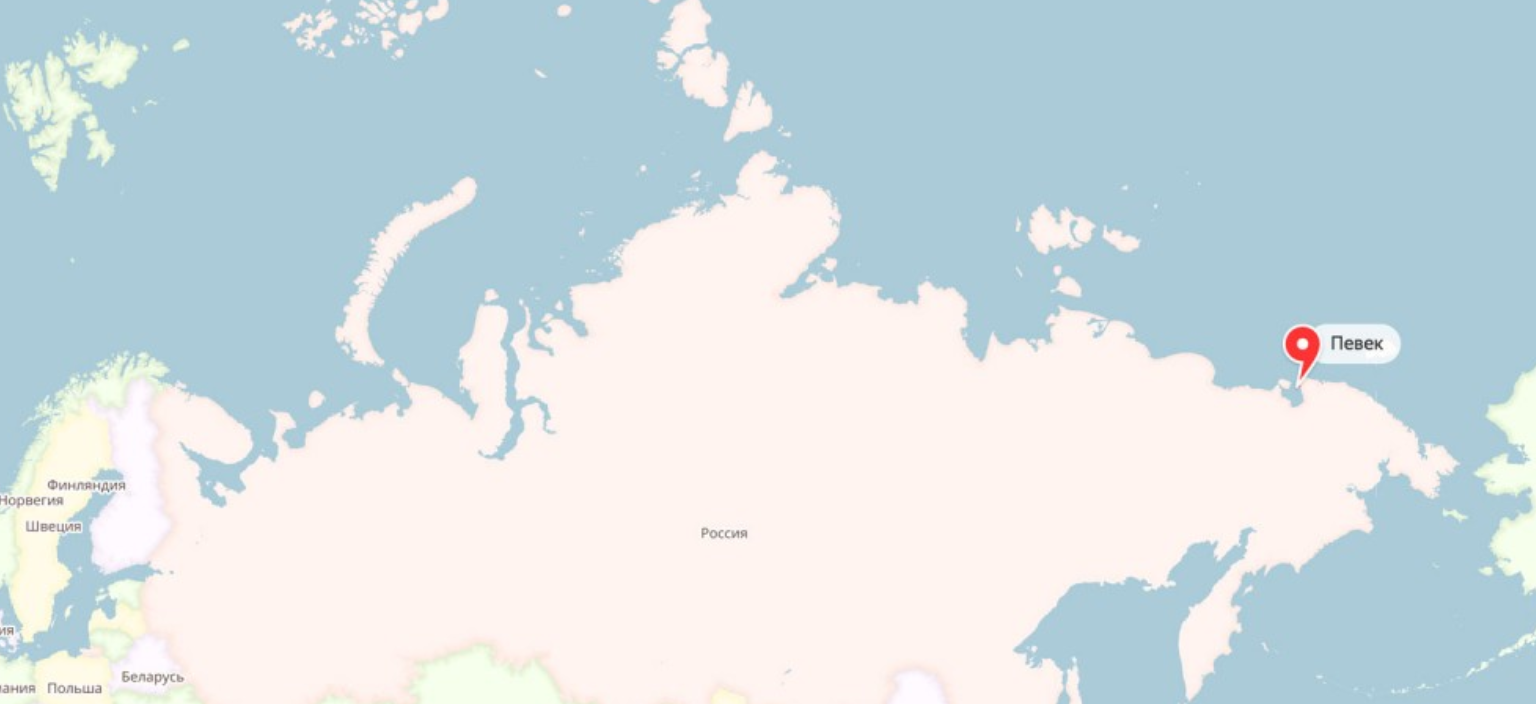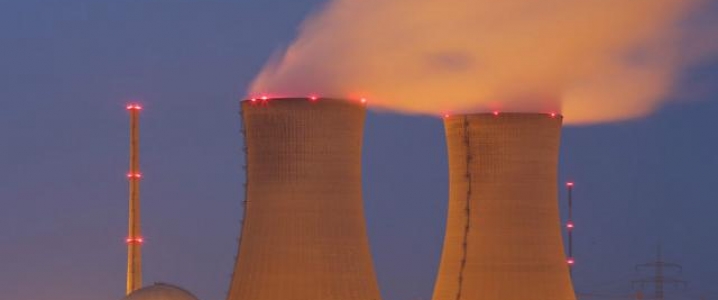The future of nuclear energy is either gloomy or promising depending on the country or region in question. In the developed world nuclear power is in decline. Especially after the disaster at Fukushima in Japan, the nuclear power industry is fighting an uphill battle. Tokyo became the world’s largest importer of LNG following the closure of several of its nuclear facilities. Germany is planning to decommission all of its 22 plants until 2022. Also, heavyweight France which derives 75 percent of its energy from nuclear, has announced the decommissioning of 14 of its 58 plants. Only the UK intends to construct a new power plant with Chinese and French help.
In other parts of the world, however, nuclear energy is a highly sought-after prize. Russia’s state-owned Rosatom has emerged as the global leader when it comes to constructing nuclear power plants. The company has an international order book worth $300 billion spread over 12 countries in the developing world. Traditional plants take over a decade to build and are definitively fixed to the grid, but Rosatom intends to provide alternative technologies to overcome these liabilities.
In order to maintain its competitive edge, the company has invested approximately $400 million in developing a unique kind of nuclear power plant, a floating one. The secretive nature of the project in the first years of its development didn’t help assure critics concerning the safety of the facility. In recent years, Rosatom has disclosed some of the construction methods in order to prove to potential customers the value and safety of its technological breakthrough.
Besides Russia, others also intend to develop floating nuclear power plants of their own. Two Chinese state-owned companies are developing the necessary technology to start constructing up to 20 facilities over the coming years. American scientists are also at it, but according to Jacopo Buongiorno, a professor of nuclear engineering at Massachusetts Institute of Technology “the Russians are light-years ahead of us”. Related: U.S. Becomes Net Oil Exporter For First Time In 75 Years
Rosatom is convinced of the safety of its floating nuclear power plant. The company points out that the floating aspect of the facility provides it with an infinite amount of cooling material. The reason why the disaster at Fukushima was exacerbated was the flooding of the backup diesel engines which prevented it from pumping water. A floating power plant shouldn't have this problem. Environmentalists, however, are not convinced.
They point out that a tsunami could move the plant deep in-land and leave it battered and stranded far away from the required cooling material. Rosatom has pointed out that during emergency situations the reactors can be cooled for 24 hours without access to outside resources. During that period an emergency evacuation needs to transport the reactors to safety. In comparison in the U.S. regulators require on-land reactors to operate for 72 hours without external water supplies in an emergency shutdown.
Possible buyers aren’t yet convinced though. One reason for this could be Moscow’s not so clean state of record when it comes to accidents with nuclear reactors on seafaring vessels such as submarines and icebreakers which the design of the reactors is based on. Apparently, Sudan is the only country until now interested in a floating nuclear power plant. According to the Sudan Tribune, the minister of water resources and electricity has shown interest for the country to become the first foreign customer.
Despite a rough start, the technology does offer Rosatom the potential of strong political support. Moscow has made the Arctic a top priority due to global warming and the melting of the icecaps. According to experts, the Arctic shelf is expected to account for 20 to 30 percent of Russia’s oil production by 2050. Novatek already operates the highly successful Arctic LNG plant with another one due to be announced in 2019. The floating nature of the power plant means that strategic projects in remote regions can be provided with a power source for the duration of activities. The current prototype, the Akademik Lomonosov will be towed from Murmansk to Pevek, a town of 4,200 souls but growing due to increased construction and mining activities. In case the amount of international orders doesn’t live up to expectations, Moscow’s political support will ensure a level of success.

By Vanand Meliksetian for Oilprice.com
ADVERTISEMENT
More Top Reads From Oilprice.com:
- Will Mexico Choose Oil Over Clean Energy?
- Oil Prices Crash As OPEC+ Scrambles At 11th Hour
- Oil Price Slide Puts The Brakes On U.S. Shale Growth



















His concept calls for building nuclear power plants on floating structures off coastal cities where they are needed. This ensures that in case there was any radiation leak, they could be towed away into the sea where the wind will disperse the radiation away from population centres and later towed back to where they are anchored.
Another advantage is ensuring the cooling of the reactor by sea water. And in case of a serious explosion, the reactor could be sunk in the sea.
The underlying concept is that it is far much easier and less costlier to tow away a floating reactor in trouble to the sea than to move thousands of inhabitants away from the disaster areas.
Still, if Rosatom has been investing millions of dollars in developing a floating power plant, then there must be some merit in it as Rosatom is the global leader in the construction of nuclear power plants with an international order book worth $300 billion spread over 12 countries in the developing world.
There is also growing interest in floating nuclear power plants in China with a potential for up to 20 facilities over the coming years and also by American nuclear scientists.
And despite Rosatom being convinced of the safety of its floating nuclear power plant, would-be buyers and environmentalist need a lot more convincing.
Still, if overseas markets don’t look promising at this stage, there are many practical possibilities for the floating nuclear power plants in the Russian Arctic shelf which is projected to account for 20% to 30% of Russia’s oil production by 2050 and where the Russian gas company ‘Novatek’ already operates the highly successful Arctic LNG plant with another one due to be announced in 2019. The floating nature of the power plant means that strategic projects in remote regions can be provided with a power source.
Dr Mamdouh G Salameh
International Oil Economist
Visiting Professor of Energy Economics at ESCP Europe Business School, London
Fukushima also showed that releases into the ocean do not have a significant impact. Three large reactors fully melted down, and most of the radioactivity went into the ocean. And yet, increases in radioactivity levels in the Pacific are utterly negligible. Radioactivity levels in fish, even those caught in the local area, are far too small to have any health impact. And in this case (a single, much smaller reactor), any potential release would be far smaller. The truth is that moving reactors offshore eliminates the great majority of meltdowns' potential impact.
As for tsunamis, everyone knows that the wave height is very small until you get very close to shore. All one needs to do is moor the reactor well offshore. It could be a problem if the plan is to dock the reactor on the shoreline.